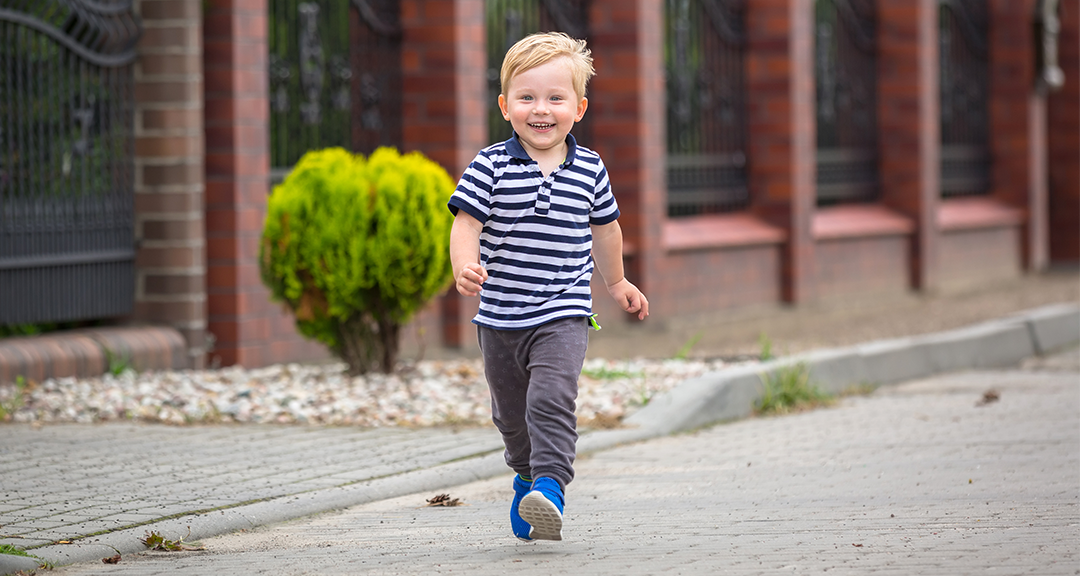The need for early diagnosis Footnote 1
Achieving a timely and accurate diagnosis of DMD is a crucial aspect of care, and has many
There are a number of common motor and non-motor symptoms which could indicate DMD
Prompt referral to a neuromuscular specialist, with input from a geneticist or genetic counsellor, can avoid diagnostic delay
These specialists will then determine whether a patient has DMD, and if so, what genetic type
0–6 Months

6–18 Months

2–3 Years
